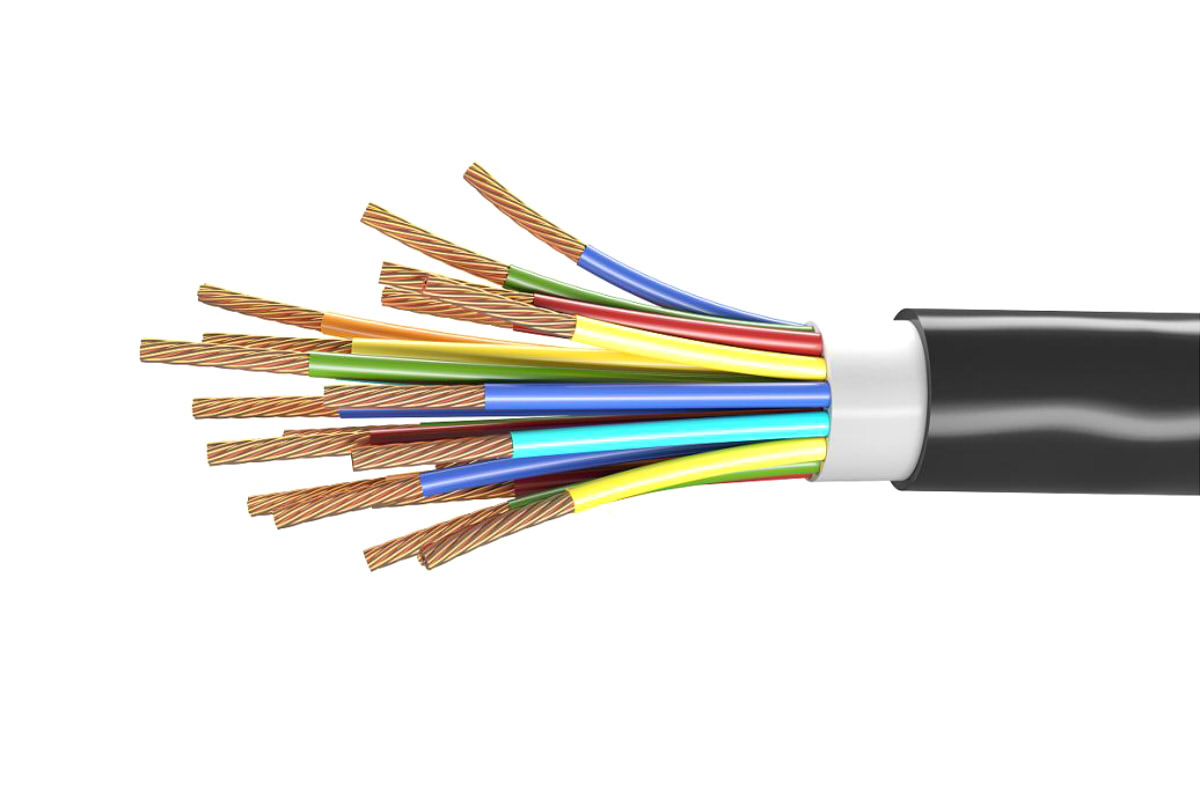Electrical cables are an essential component in electrical infrastructure, playing a crucial role in power transmission and electricity distribution in various applications. There are several types of cables with specific technical characteristics designed to meet the needs of different environments and applications.. In this article, We will explore in detail the technical features of various electrical cable products.
Cables Insulated with Cross-Linked Polyethylene (XLPE) from 35 kV or less
Description
Los cross-linked polyethylene insulated cables They are a versatile option for a variety of electrical applications, with a nominal voltage capacity ranging from 0.6/1 kV up to 26/35 kV. These cables offer exceptional performance in different conditions.
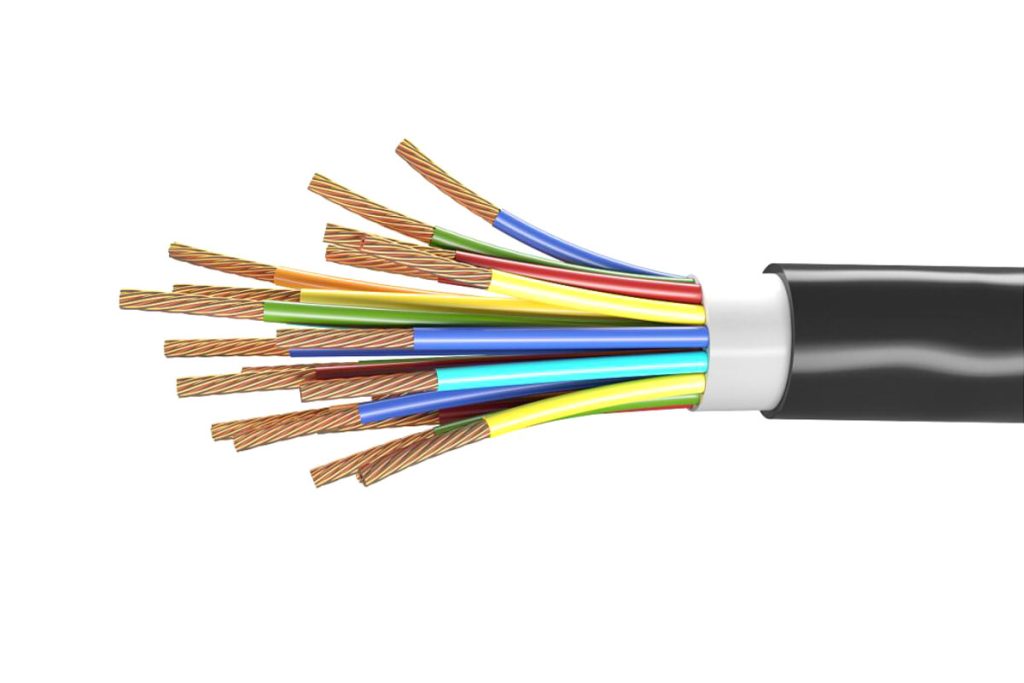
Key Features
- Nominal voltage: These electrical cable products adapt to various nominal voltages, from 0.6/1 kV up to 26/35 kV, making them suitable for a wide range of applications.
- Operating temperature: The maximum long-term operating temperature of the conductor is 90°C, with the ability to withstand up to 250°C during short circuits of up to 5 seconds.
- Electric resistance: They meet the specifications of GB/T3956 for direct current electrical resistance of the conductor.
- Installation in Cold Climates: Can be installed in cold climates, as long as the temperature is not lower than 0°C, and at lower temperatures, the cable must be preheated. The minimum radius of curvature must not be less than 15 times the outer diameter of the cable.
- Surge Resistance: Cables pass frequency surge resistance test, with specific requirements depending on the nominal voltage.
- Partial Discharge Test: Los cables with nominal voltage of 3.6 kV or more must not generate a partial discharge amount greater than 5 pC a 1.73Uo.
- Fire resistance: They are available in low-smoke, halogen-free and flame-resistant versions., meeting specific standards.
Electrical Cable with Polyvinyl Chloride Insulation (PVC) 0.6/1kV
Description
Cables with polyvinyl chloride insulation (PVC) They are known for their versatility and wide use in electrical applications. They have a wide range of applications and stand out for their durability.
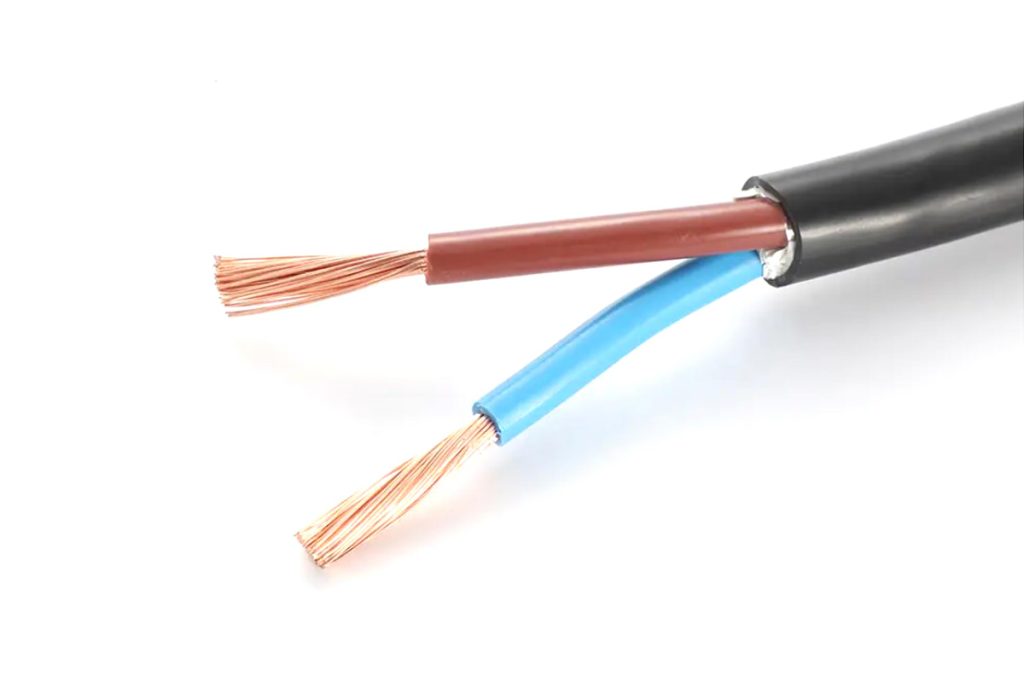
Key Features
- Operating temperature: The maximum permissible long-term operating temperature of the cable conductor should not exceed 70°C, and during short circuits, the maximum temperature should not exceed 160°C.
- Electric resistance: They meet the specifications of GB/T3956 for direct current electrical resistance of the conductor.
- Installation in Cold Climates: They require an ambient temperature during installation of at least 0°C, with the need to preheat the cable at lower temperatures. The minimum radius of curvature is 15 times the outer diameter of the cable.
- Surge Resistance: They must be able to withstand 3.5kV during 5 minutes without drilling.
- Fire resistance: These cables are available in fire resistant versions and fire resistant, low smoke and halogen-free, meeting specific standards.
Silicone Insulated Electrical Cable
Description
Silicone insulated cables are ideal for applications where extreme temperature resistance and flexibility are required. They are known for their durability and versatility in challenging environments.
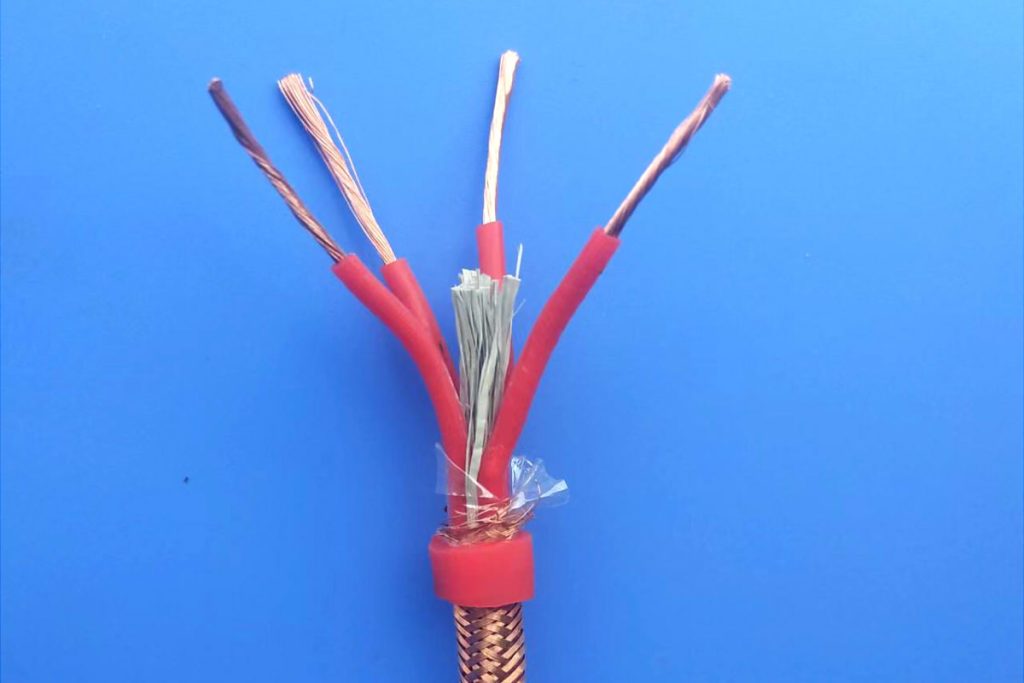
Key Features
- Nominal voltage: They have a nominal voltage Uo/U of 0.6/1 kV.
- Operating temperature: They can operate in a temperature range that goes from -60°C to 180°C, making them suitable for extreme applications.
- Electric resistance: They comply with the specifications of GB/T3956 for direct current electrical resistance of the driver.
- Flexibility: They have a minimum radius of curvature of 6 times the outer diameter of the cable, making them suitable for applications requiring flexibility.
- Surge Resistance: They can withstand 3.5kV AC frequency surge during 5 minutes without drilling.
Electrical Cable with Fluoroplastic Insulation
Description
Fluoroplastic insulated cables are ideal for applications requiring high resistance to adverse temperatures and conditions. These electrical cable products offer exceptional performance in challenging environments.
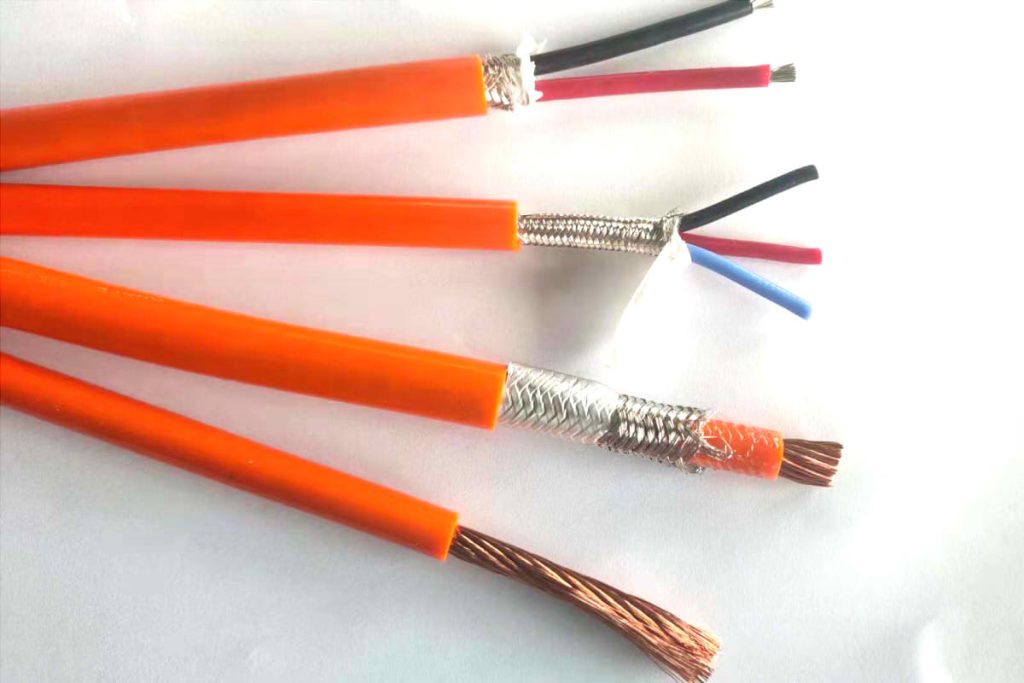
Key Features
- Nominal voltage: They have a nominal voltage Uo/U in alternating current of 0.6/1 kV.
- Operating temperature: Maximum operating temperature depends on insulation type, being 200°C for fluorinated polyvinylidene (F46) and 260°C for soluble polytetrafluoroethylene (PFA).
- Minimum Environment Temperature: They require a minimum ambient temperature that varies depending on whether they are permanently installed or not..
- Installation in Cold Climates: The temperature during installation must not be lower than 0°C.
- Allowable Radius of Curvature: The allowable bend radius varies depending on whether they are single-core or multi-core cables..
Concentric Conductor Electric Cable
Description
Los concentric conductor cables They are a popular choice for applications requiring high quality power supply and short circuit safety..
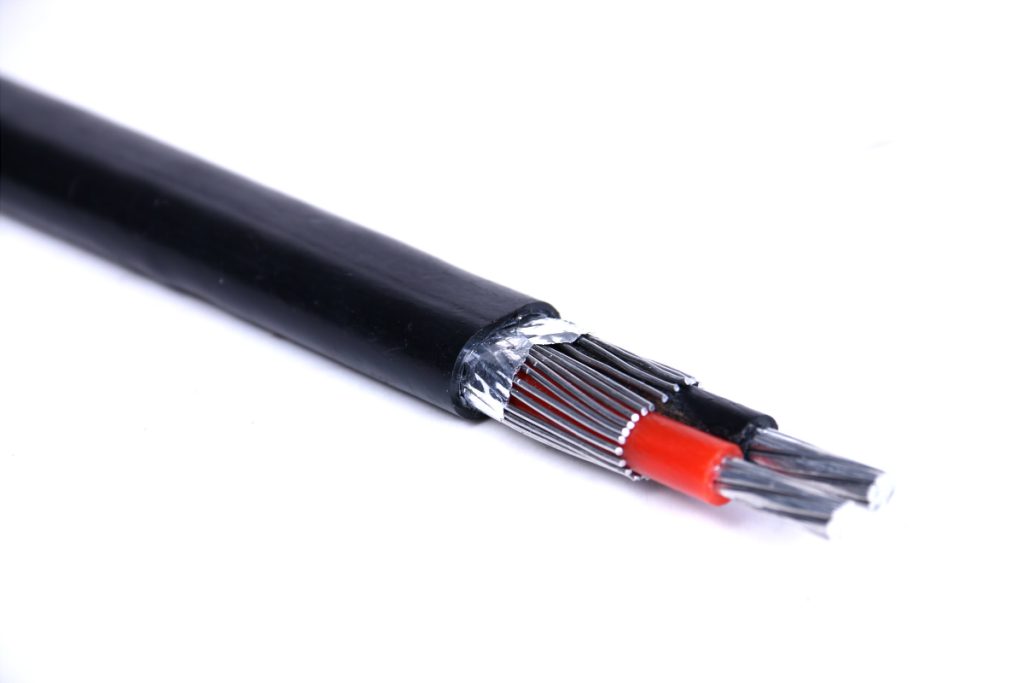
Key Features
- Nominal voltage: They have a nominal voltage Uo/U of 0.6/1 kV.
- Operating temperature: Maximum operating temperature varies depending on insulation type, being 90°C for cross-linked polyethylene insulation (XLPE) and 70°C for polyvinyl chloride insulation (PVC).
- Short Circuit Resistance: They can withstand temperatures up to 250°C during short circuits.
- Installation in Cold Climates: They require an ambient temperature during installation of at least 0°C, with the need to preheat the cable at lower temperatures.
- Voltage Test: They must pass the 3500V frequency voltage test during 5 minutes without drilling.
- Working Impedance: They have a positive working impedance (negative) and low and uniform zero sequence, which improves the quality of power supply.
- Resistance to Electromagnetic Interference: They offer resistance to electromagnetic interference and lightning.
Special Electric Cable for Frequency Variators
Description
Special cables for variable frequency drives are essential for applications using variable speed drives, as they help maintain efficient and reliable power transmission.
Key Features
- Nominal voltage: They have a nominal voltage Uo/U of 0.6/1 kV.
- Operating temperature: Maximum operating temperature varies depending on insulation type.
- Minimum Environment Temperature: They require a minimum ambient temperature that varies depending on whether they are permanently installed or not..
- Installation in Cold Climates: The temperature during installation must not be lower than 0°C.
- Allowable Radius of Curvature: They must respect a radius of curvature of at least 15 times the outside diameter.
In summary, Choosing the right electrical cable products depends on the application and the specific conditions in which it will be used.. Each type of cable offers unique technical features that make it suitable for a number of scenarios.. It is essential to understand these technical features to select the cable that best suits your needs and ensures a reliable and safe power supply in your particular application..

